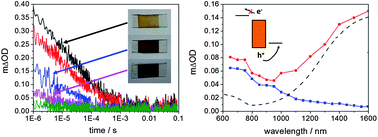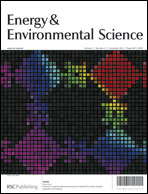Electron and hole transfer at metal oxide/Sb2S3/spiro-OMeTAD heterojunctions†
Abstract
Antimony sulfide has recently demonstrated huge potential as an absorber material in solid-state semiconductor-sensitised solar cells (SSSCs). Here, we present a transient absorption


 Please wait while we load your content...
Please wait while we load your content...